Home>Garden Essentials>How To Make A Dog Play Area
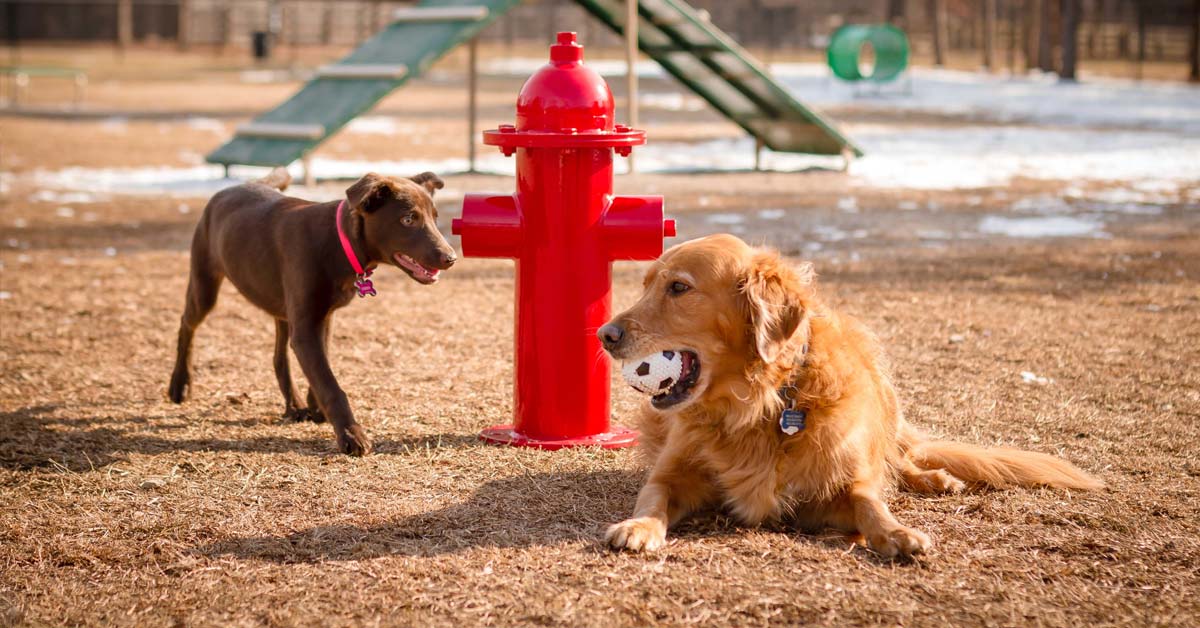

Garden Essentials
How To Make A Dog Play Area
Modified: March 7, 2024
Create a safe and engaging play area for your dog in your garden with our helpful guide. Enhance their outdoor experience with our expert tips and ideas.
(Many of the links in this article redirect to a specific reviewed product. Your purchase of these products through affiliate links helps to generate commission for Storables.com, at no extra cost. Learn more)
Introduction
Welcome to the world of dog play areas! If you’re a proud dog owner, you know how important it is for your furry friend to have a safe and engaging space to play and relax. Creating a dog play area in your garden is not only beneficial for your dog’s physical and mental well-being but also provides you with a designated space to bond and have fun together.
In this article, we will guide you through the process of creating a dog play area in your garden, step by step. From selecting the perfect location to adding dog-friendly features, we’ll cover everything you need to know to make your dog’s play area a fantastic space they’ll love.
Before we dive into the details, it’s essential to mention that each dog is unique, and their play area should be tailored to their specific needs and preferences. Consider your dog’s size, breed, activity level, and any special requirements they may have before implementing these steps.
Now let’s unleash our creativity and create the ultimate dog play area!
Key Takeaways:
- Creating a safe and engaging dog play area involves choosing the right location, clearing hazards, defining boundaries, and providing shelter and shade. It’s important to consider your dog’s specific needs and preferences for a fantastic play space.
- Adding dog-friendly features, water and food stations, and safety measures ensures a fun and secure play area for your furry friend. Tailoring the space to your dog’s needs strengthens the bond and enhances their well-being.
Step 1: Choose the Perfect Location
The first step in creating a dog play area is to choose the ideal location in your garden. You’ll want to select an area that is spacious enough to accommodate your dog’s activities but also properly integrated into your overall outdoor space.
Consider the following factors when choosing the location:
- Accessibility: Ensure that the play area is easily accessible from your house or main entrance. This will make it convenient for you to supervise your dog and allow easy access for your furry friend.
- Sunlight: Look for an area that receives an adequate amount of sunlight throughout the day. Dogs enjoy basking in the sun, and sunlight is essential for their vitamin D intake. However, it’s also important to have some shaded areas to provide relief from intense heat.
- Surroundings: Assess the surrounding environment for potential disturbances. Avoid areas near busy roads or construction zones that may cause stress or pose safety risks for your dog.
- Noise Level: Dogs are sensitive to noise, so choose a location that is relatively quiet and peaceful. This will help create a calm and comfortable environment for your dog to enjoy.
Once you’ve identified a suitable location, it’s time to move on to the next step: clearing the area of hazards.
Step 2: Clear the Area of Hazards
Creating a safe environment for your dog to play in is of utmost importance. Before setting up the play area, it’s crucial to clear the area of any potential hazards that could harm your furry friend.
Here are some hazards to watch out for:
- Plants: Some plants can be toxic to dogs if ingested. Research which plants are safe and which should be avoided, and remove any harmful plants from the play area. Additionally, be cautious of thorny bushes or plants that could cause injury.
- Chemicals and Pesticides: Keep your dog away from areas treated with chemicals or pesticides as these can be toxic if ingested or come into contact with your dog’s skin. Use dog-friendly alternatives for your garden maintenance.
- Sharp Objects: Inspect the play area for any sharp objects or debris that could cause injury to your dog’s paws. Remove rocks, broken glass, or any other potential hazards.
- Small Items: Dogs love to explore and chew on things. Remove any small items or toys that could be a choking hazard or easily swallowed by your dog.
- Unstable Structures: Check for any unstable fencing, structures, or loose wires that could pose a danger to your dog. Ensure that everything is secure and in good condition.
By thoroughly clearing the area of hazards, you’ll create a safe and secure space for your dog to play freely. Now that the area is hazard-free, it’s time to move on to the next step: defining the boundaries of the play area.
Step 3: Define the Boundaries
Once you have cleared the play area of any hazards, it’s time to define the boundaries. Establishing clear boundaries helps create a sense of security for your dog and prevents them from wandering off into other areas of your garden.
Here’s how you can define the boundaries of the dog play area:
- Physical Barriers: Install fencing or barriers around the perimeter of the play area. Choose a fence that is tall enough to prevent your dog from jumping over and secure enough to withstand their playful antics. Ensure there are no gaps or holes through which your dog can squeeze through.
- Visual Cues: Use visual cues to mark the boundaries. You can use garden edging, stones, or decorative elements to visually separate the play area from the rest of your garden. This can help your dog understand the limits of their play space.
- Training: Consistently reinforce the boundaries through training. Teach your dog to recognize and respect the boundaries you have set for them. Use positive reinforcement techniques, such as treats and praise, to reward them for staying within the designated area.
Clearly defining the boundaries of the play area will give your dog a clear understanding of their safe space and help you maintain better control during playtime. With the boundaries in place, you can now move on to the next step: installing fencing or barriers.
Step 4: Install Fencing or Barriers
Installing fencing or barriers is a crucial step in creating a secure and enclosed dog play area. The right fencing will not only keep your dog safely contained but also provide privacy and minimize distractions from external surroundings.
Consider the following factors when choosing and installing fencing or barriers:
- Type of Fencing: There are various types of fencing to choose from, such as chain-link, wooden panels, vinyl, or metal. Select a fencing material that is sturdy, durable, and suitable for your specific needs.
- Height: The height of the fence depends on the size and breed of your dog. Make sure the fence is tall enough to prevent your pup from jumping over. A recommended height for most breeds is at least 4 to 6 feet.
- Gaps and Openings: Check for any gaps or openings in the fence that your dog could squeeze through. Secure any loose or broken parts to ensure there are no escape routes.
- Gates: Install a gate that is easy to open and close securely to allow access to the play area. Opt for gates with self-closing mechanisms or latches to prevent accidental escapes.
- Aesthetics: Consider the aesthetic appeal of the fencing as it will contribute to the overall look of your garden. Choose a style and color that complements your outdoor space.
Installing proper fencing or barriers will give you peace of mind knowing that your dog is safely contained within their designated play area. With the fencing in place, you can now move on to the next step: providing shelter and shade.
Read more: How To Make A Play Area For A Kitten
Step 5: Provide Shelter and Shade
Just like humans, dogs need protection from the elements. Providing shelter and shade in your dog’s play area is essential to ensure their comfort and safety, especially during hot or inclement weather conditions.
Here are some considerations when providing shelter and shade:
- Dog House or Shelter: Install a dog house or shelter within the play area. Make sure it is sturdy, well-insulated, and large enough for your dog to comfortably enter, turn around, and lie down. Provide bedding or blankets inside for added comfort.
- Shade Trees or Canopies: Plant shade trees or install canopies to provide natural shade in the play area. Trees like oak, maple, or pine provide ample shade and help cool down the space. If natural shade is limited, you can also set up umbrellas or shade cloths to provide additional protection.
- Cooling Features: Consider incorporating cooling features such as misters or small water features in the play area to help lower the temperature during hot summer months. This will help keep your dog cool and prevent overheating.
- Water Station: Place a water station within the play area to ensure your dog has access to fresh water at all times. Consider using a spill-proof bowl or an automatic water dispenser to make it more convenient.
Providing shelter and shade is vital for your dog’s well-being, especially in extreme weather conditions. It will help them stay comfortable and protected while enjoying their playtime. With proper shelter and shade in place, you can now move on to the next step: selecting suitable flooring.
When creating a dog play area, make sure to include a variety of toys and activities to keep your dog entertained and engaged. This can include balls, frisbees, tunnels, and agility equipment. Rotation of toys can also help prevent boredom.
Step 6: Select Suitable Flooring
The choice of flooring in your dog’s play area is crucial as it affects their comfort, safety, and overall experience. The right flooring should be durable, easy to clean, and provide good traction for your dog’s paws.
Consider the following options when selecting suitable flooring:
- Grass: A natural grassy area provides a soft and comfortable surface for your dog to play on. However, keep in mind that high traffic areas may wear down the grass quickly and require regular maintenance.
- Paving Stones or Concrete: Paving stones or concrete offer a sturdy and easy-to-clean surface. Ensure that they are not too slippery by choosing textured or nonslip finishes.
- Artificial Turf: Artificial turf is a low-maintenance alternative to natural grass. It provides a soft and durable surface for your dog to play on, and it’s resistant to wear and tear caused by digging or excessive running.
- Pea Gravel or Rubber Mulch: Pea gravel or rubber mulch provides good traction and drainage. These options are great for dogs who love to dig but may require extra effort to keep them clean.
When selecting the flooring, consider your dog’s specific needs and preferences. Some dogs may have sensitivities or allergies, so choose a flooring material that is safe and suitable for them.
It’s important to regularly inspect the flooring for any potential hazards or signs of wear and tear. Replace or repair any damaged areas to maintain a safe and comfortable play area for your furry friend. With a suitable flooring in place, you can now move on to the next step: adding dog-friendly features.
Step 7: Add Dog-Friendly Features
To make your dog’s play area truly engaging and fun, it’s time to add some dog-friendly features. These features will stimulate your dog’s senses, provide mental stimulation, and keep them entertained for hours on end.
Here are some dog-friendly features you can incorporate:
- Agility Equipment: Set up agility equipment such as tunnels, jumps, and weave poles to create a mini obstacle course. This will challenge your dog’s physical abilities and provide mental stimulation.
- Play Structures: Install play structures like ramps, platforms, or climbing structures for your dog to explore and conquer. These structures can also double as resting spots for your dog to enjoy some downtime.
- Toys and Interactive Games: Introduce a variety of toys and interactive games to keep your dog entertained. These can include puzzle toys, treat dispensers, or balls for fetching.
- Water Features: If your dog enjoys water, consider incorporating a small shallow pond, dog-friendly fountain, or a sprinkler system for them to splash around and cool off on hot days.
- Sensory Garden: Create a sensory garden by planting dog-friendly herbs, flowers, and grasses that stimulate your dog’s senses. This can include lavender, chamomile, catnip, or even a small patch of cat grass.
By adding these dog-friendly features, you’ll create a stimulating and enjoyable environment for your furry friend. Remember to rotate and introduce new toys and games regularly to keep their interest piqued. With the dog-friendly features in place, you can now move on to the next step: providing water and food stations.
Step 8: Provide Water and Food Stations
Ensuring that your dog has access to water and food while they enjoy their playtime is essential for their well-being and hydration. Setting up dedicated water and food stations within the play area will make it convenient for your dog to stay refreshed and nourished.
Here’s how you can provide water and food stations:
- Water Station: Place a sturdy and spill-proof water bowl or a self-filling water dispenser in a shaded area of the play area. Make sure to refill it regularly with fresh, clean water.
- Food Station: If you prefer to feed your dog outdoors, set up a designated feeding area within the play area. Use raised food bowls to promote proper digestion and prevent strain on your dog’s neck and spine.
- Storage Container: Keep extra food and treats in a sealed container nearby to replenish the food station easily. This will ensure that your dog always has access to nourishment during their playtime.
Remember to clean and sanitize the water and food bowls regularly to prevent the growth of bacteria or other harmful contaminants.
Having dedicated water and food stations will provide convenience and ensure that your dog stays hydrated and energized while enjoying their play area. With the water and food stations set up, you can now move on to the next step: considering safety measures.
Read more: How To Make A Play Area For A Hedgehog
Step 9: Consider Safety Measures
Ensuring the safety of your dog is of utmost importance in their play area. Taking additional safety measures will help prevent accidents and provide a secure environment for your furry friend.
Here are some safety measures to consider:
- Safe Plants: Choose dog-friendly plants for the play area to avoid any potential toxicity or allergic reactions. Research and verify that the plants you have are safe for dogs.
- No Toxic Substances: Keep chemicals, pesticides, fertilizers, and other toxic substances out of reach or completely out of the play area. These can be harmful if ingested by your dog.
- Secure Gates and Latches: Ensure that all gates and latches are secure to prevent accidental escapes. Regularly inspect and maintain the integrity of these entry points.
- Supervision: Always supervise your dog while they are in the play area. This will allow you to intervene in case of any potential hazards or unsafe activities.
- Regular Maintenance: Conduct regular inspections and maintenance of the play area. Repair any damaged fences, remove any debris, and eliminate any potential hazards.
- Escape Prevention: Reinforce the boundaries and train your dog to respect them. Use positive reinforcement techniques to discourage any attempts to escape the play area.
By implementing these safety measures, you can ensure that your dog’s play area remains a secure and enjoyable space for them to romp around. Remember, it’s crucial to tailor these measures to your specific dog’s needs and temperament.
With safety measures in place, you have successfully created a fantastic and safe dog play area in your garden. Now it’s time to let your furry friend explore, have fun, and enjoy their dedicated space!
Overall, creating a dog play area involves careful consideration of location, hazards, boundaries, fencing, shelter, flooring, features, water and food stations, and safety measures. By following these steps, you can provide your dog with a designated space that enhances their well-being and strengthens the bond between you and your beloved canine companion.
So go ahead, unleash your creativity, and create an amazing dog play area that will bring joy and happiness to both you and your four-legged friend!
Conclusion
Congratulations on creating a wonderful dog play area in your garden! By following the steps outlined in this guide, you have provided your furry friend with a safe, engaging, and enjoyable space to play, relax, and bond with you. The efforts you put into designing and setting up the play area will undoubtedly enhance your dog’s physical and mental well-being.
Remember, each dog is unique, so it’s essential to tailor the play area to their specific needs and preferences. Consider their size, breed, activity level, and any special requirements they may have. Regularly assess and adjust the play area as your dog grows and their needs change.
Ensure that the play area remains a hazard-free zone by regularly inspecting and maintaining the fencing, flooring, and other features. Regular supervision is crucial to address any safety concerns and prevent accidents.
Don’t forget to spend quality time with your dog in the play area. Engage in interactive play, training exercises, or simply relax together. Your presence and active involvement will make the play area even more enjoyable for your furry friend.
Lastly, remember to have fun! The dog play area is not only for your dog’s benefit but also for your enjoyment. Take delight in watching your dog frolic, explore, and delight in their own little paradise.
Creating a dog play area in your garden is a wonderful investment in your dog’s well-being and happiness. It strengthens the bond between you and your furry companion and provides them with a space they can call their own.
So, go ahead, let your creativity and love for your dog guide you in creating the ultimate dog play area. Your furry friend will thank you with wagging tails, cheerful barks, and endless moments of happiness!
Frequently Asked Questions about How To Make A Dog Play Area
Was this page helpful?
At Storables.com, we guarantee accurate and reliable information. Our content, validated by Expert Board Contributors, is crafted following stringent Editorial Policies. We're committed to providing you with well-researched, expert-backed insights for all your informational needs.

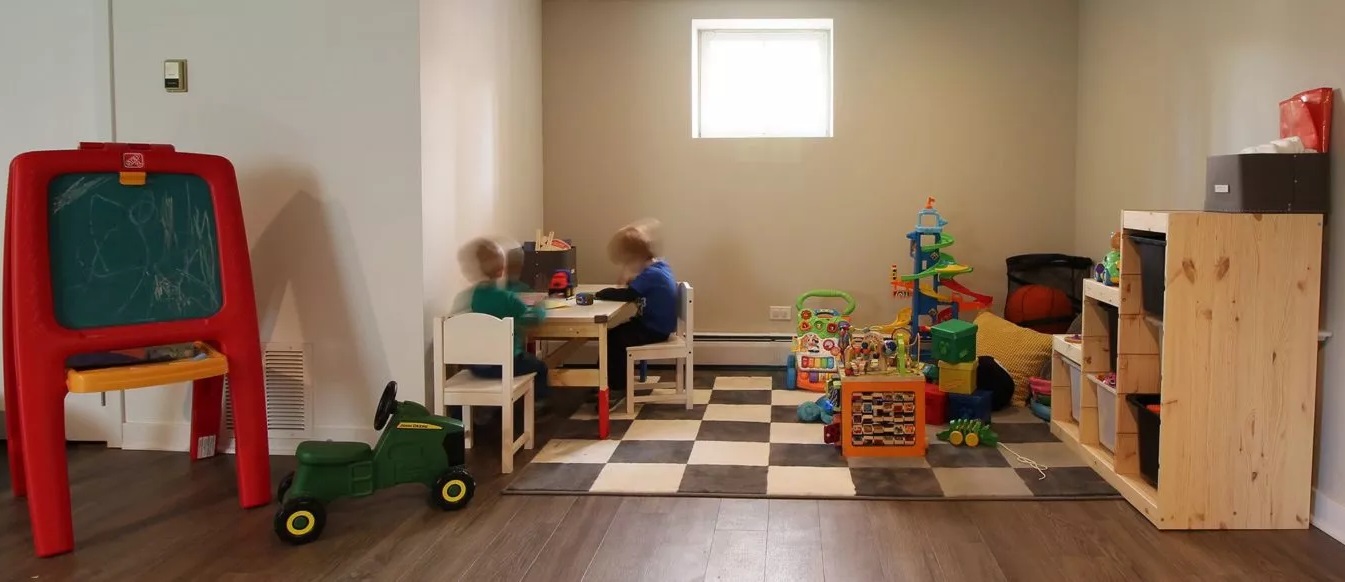
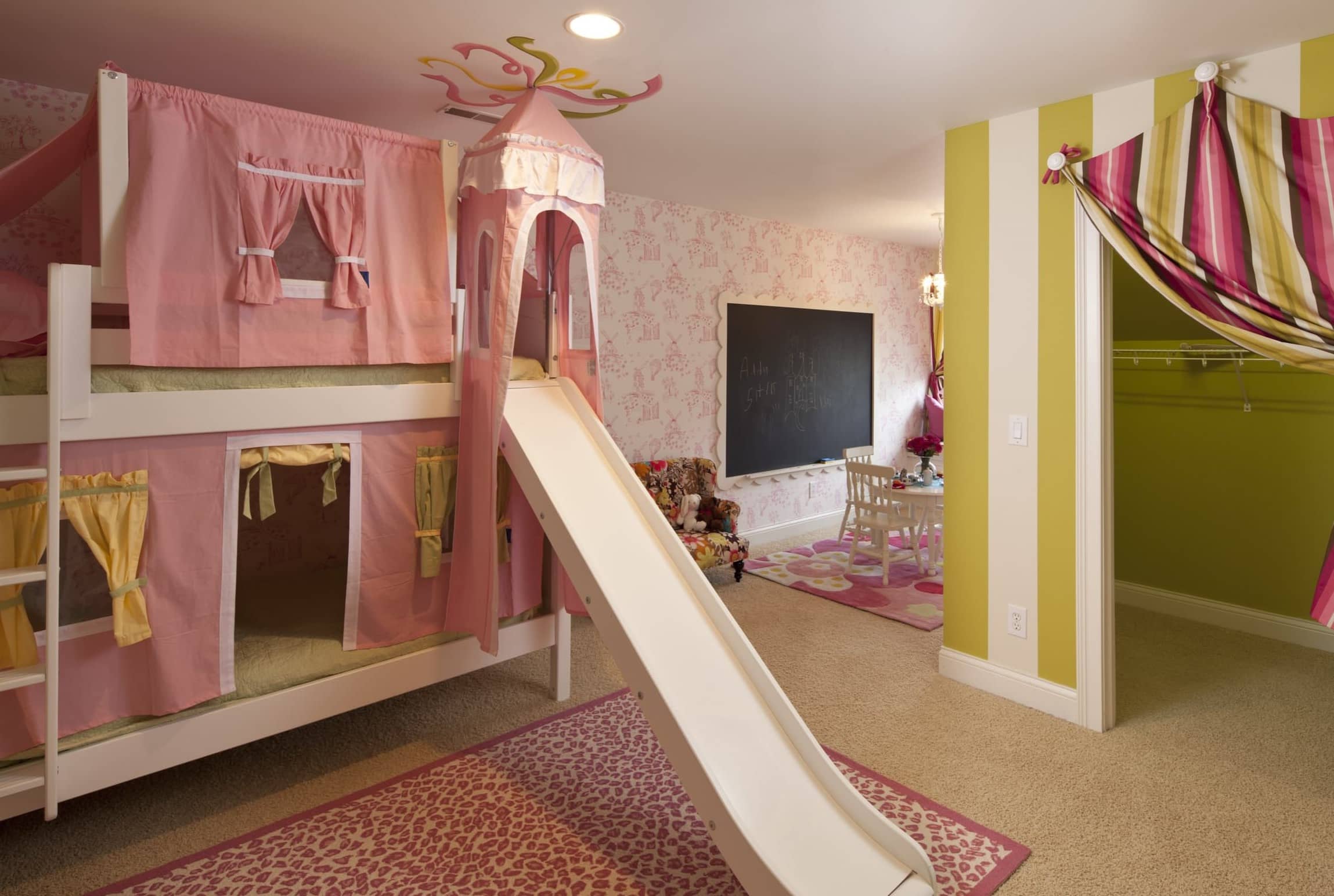
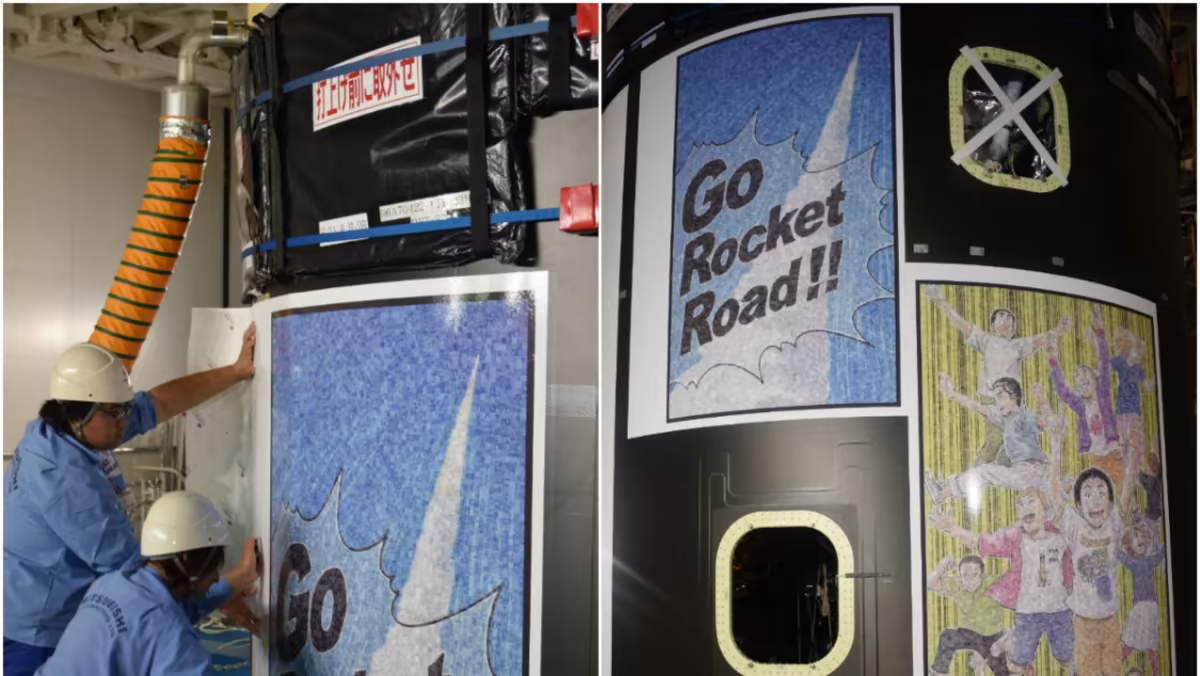
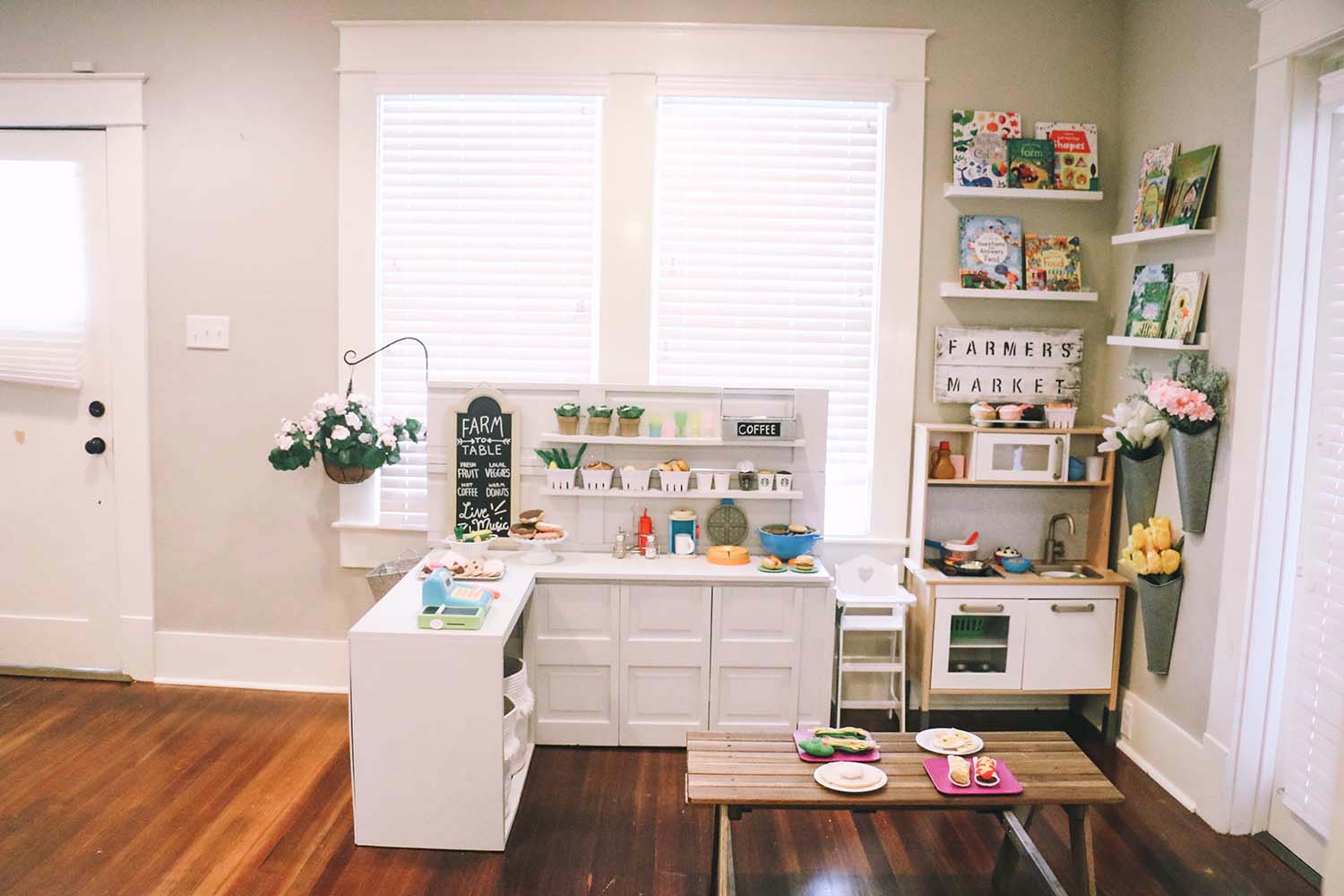
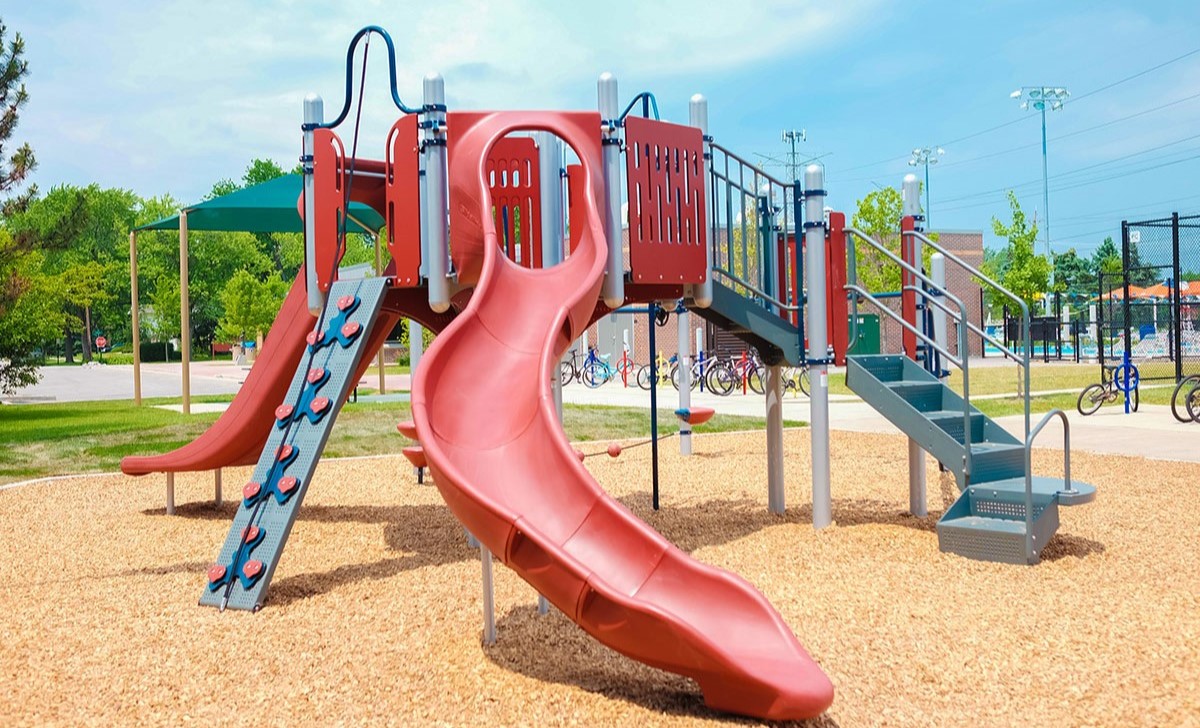
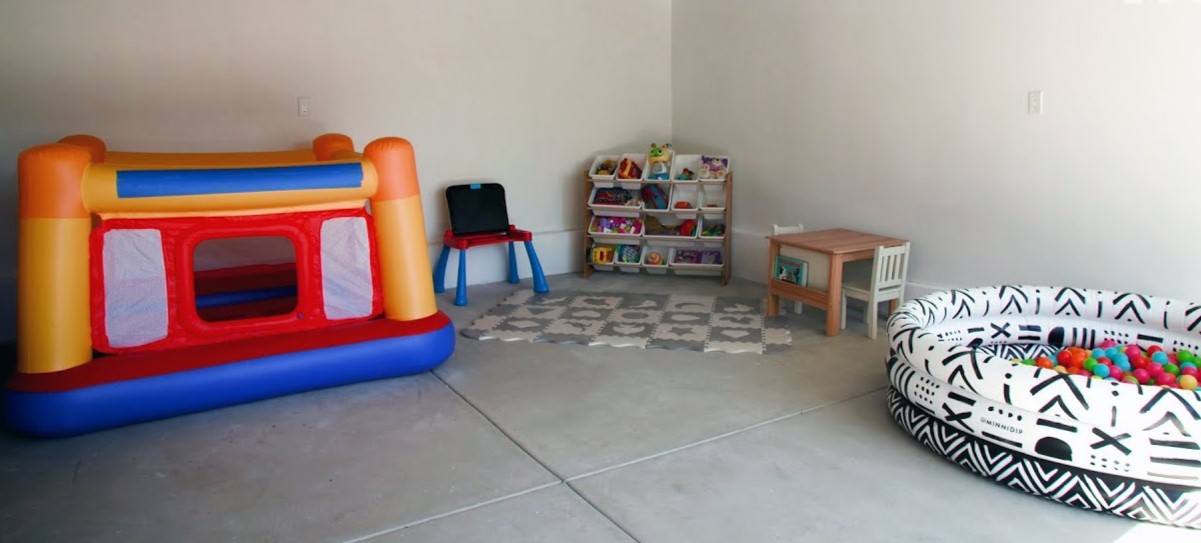
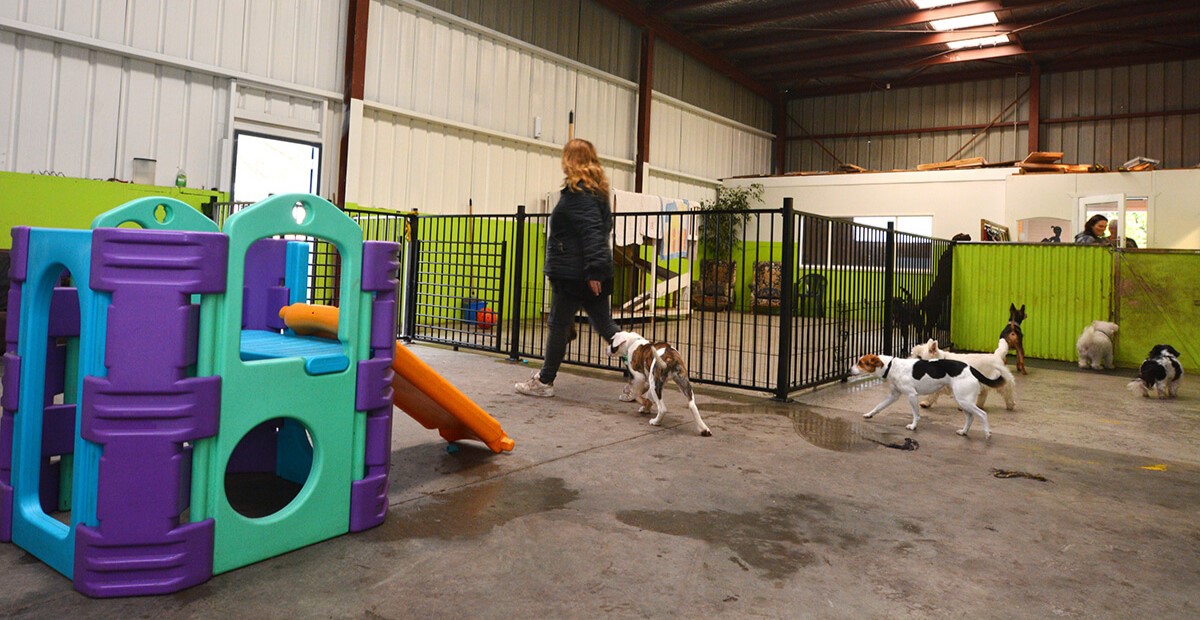
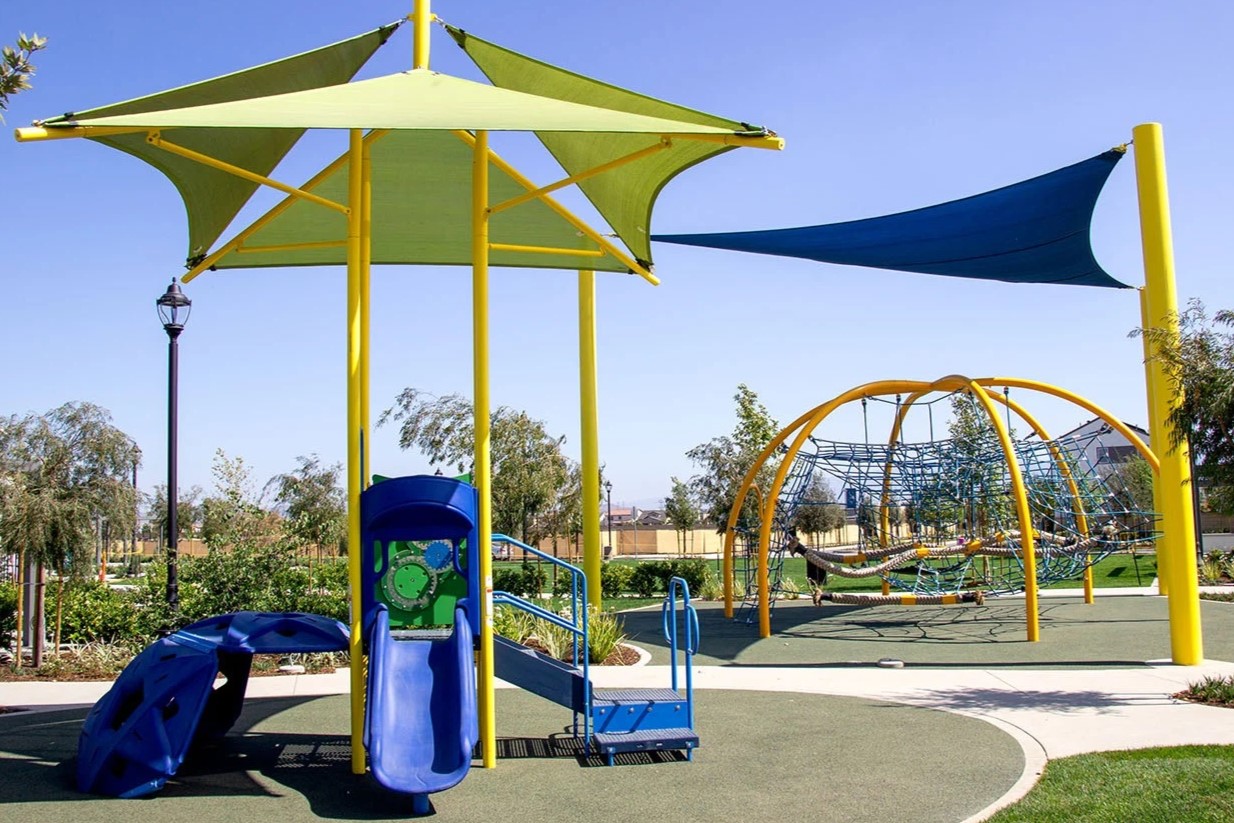
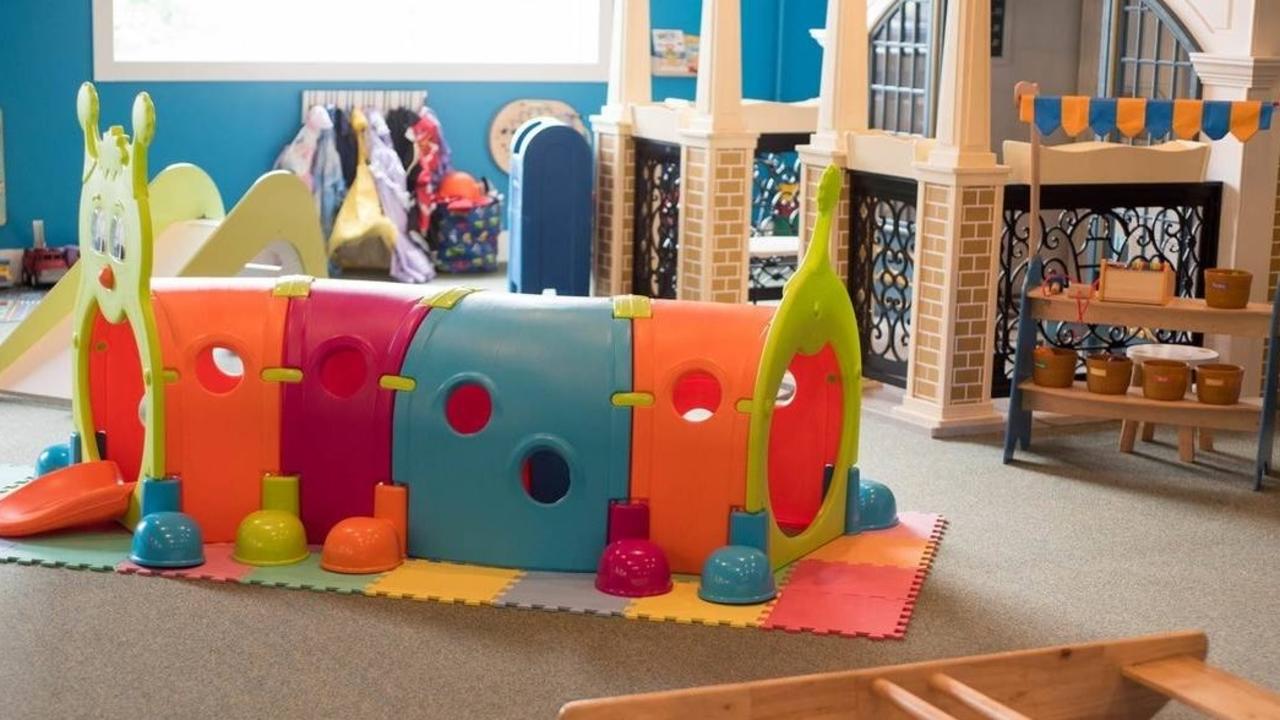
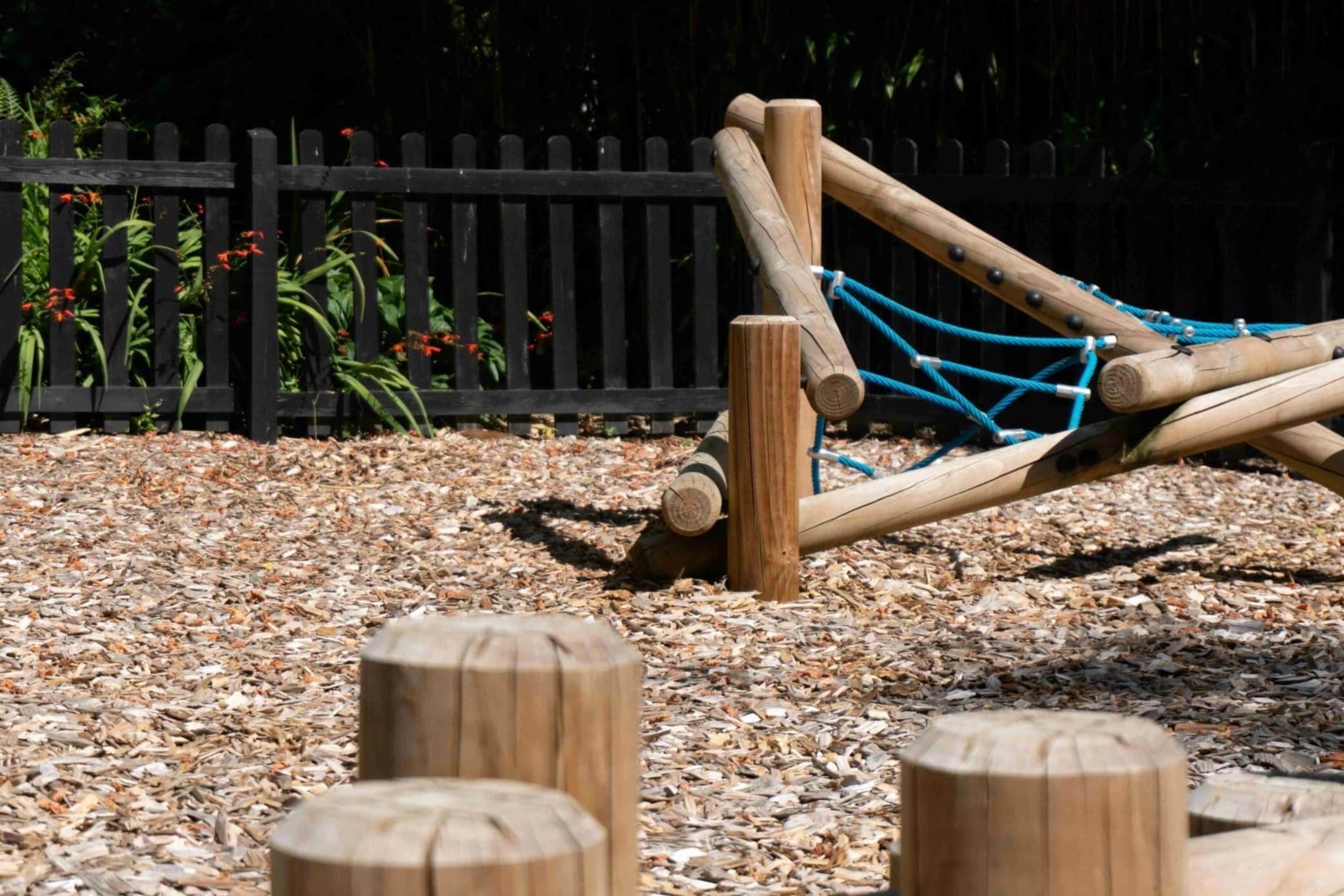
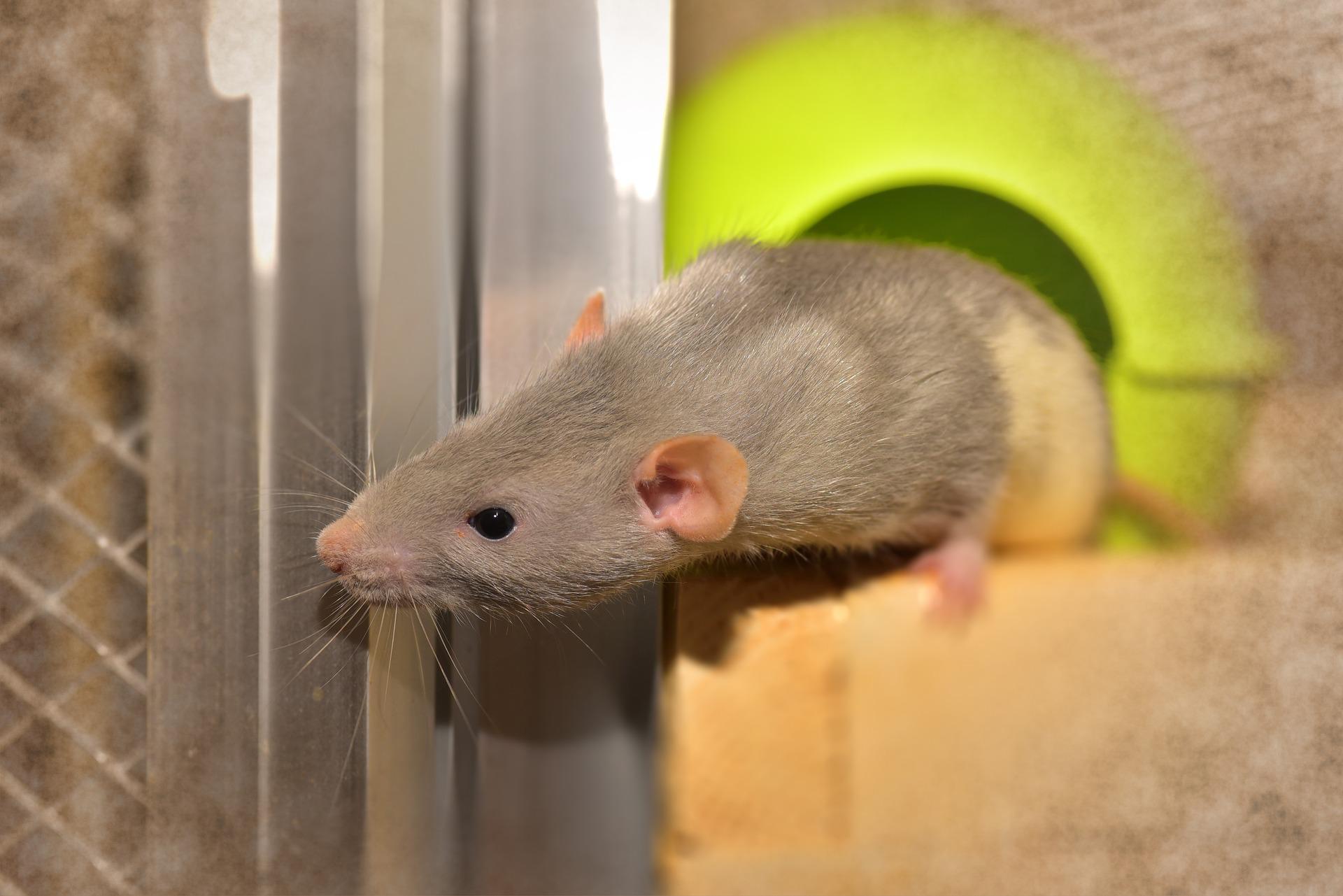
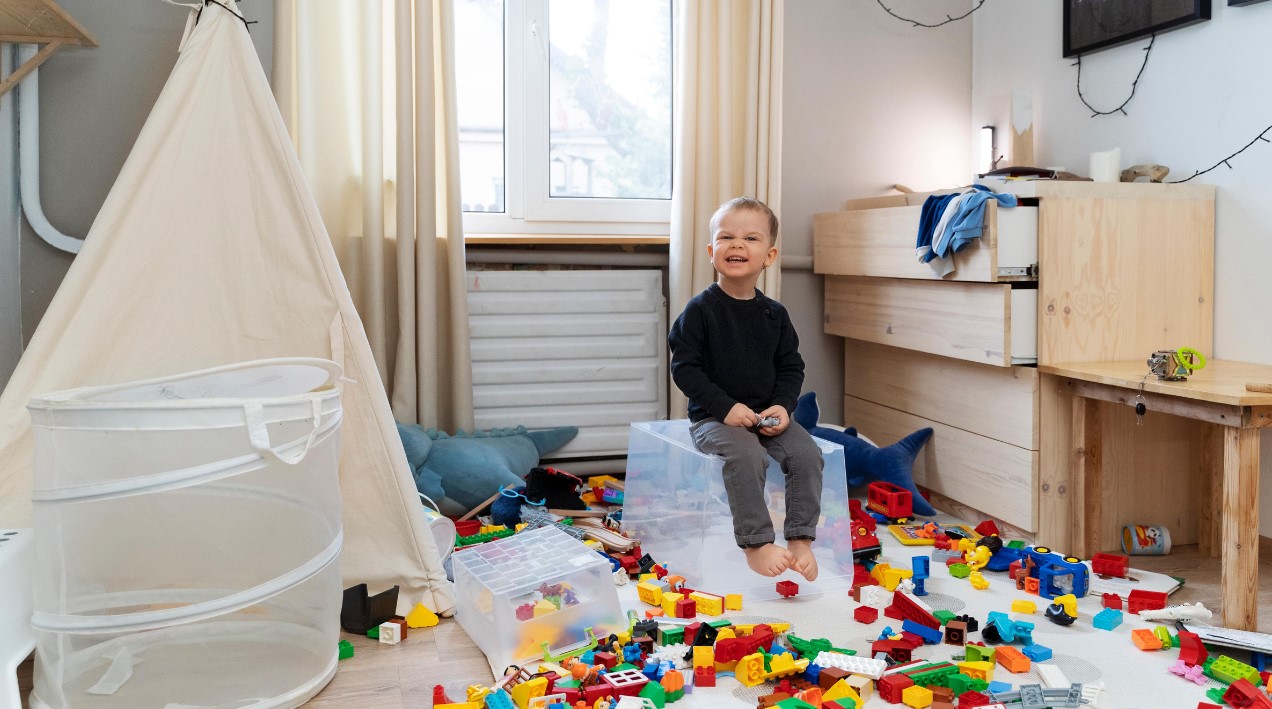

0 thoughts on “How To Make A Dog Play Area”